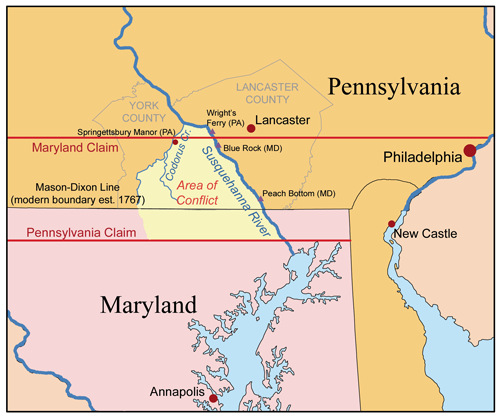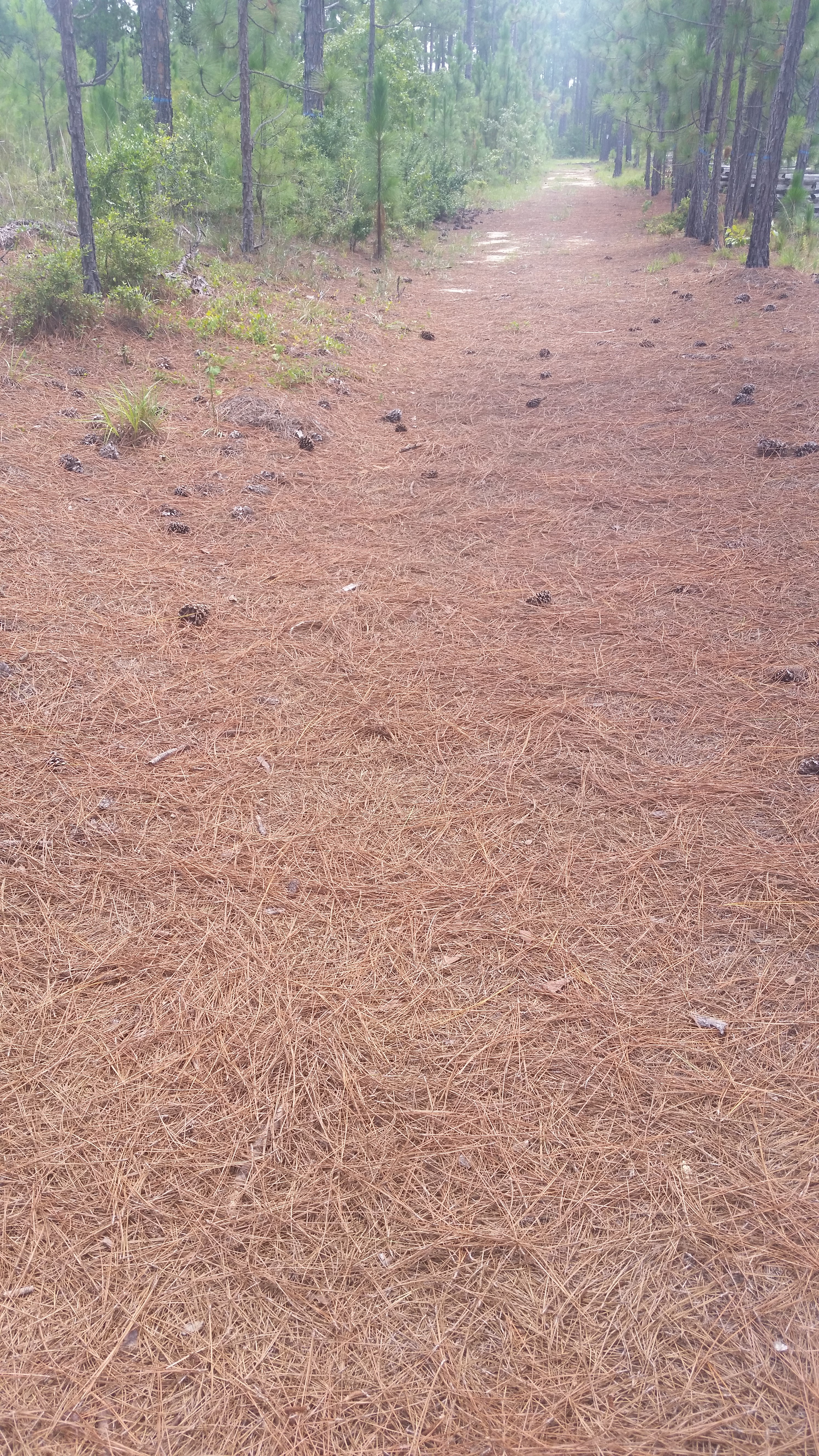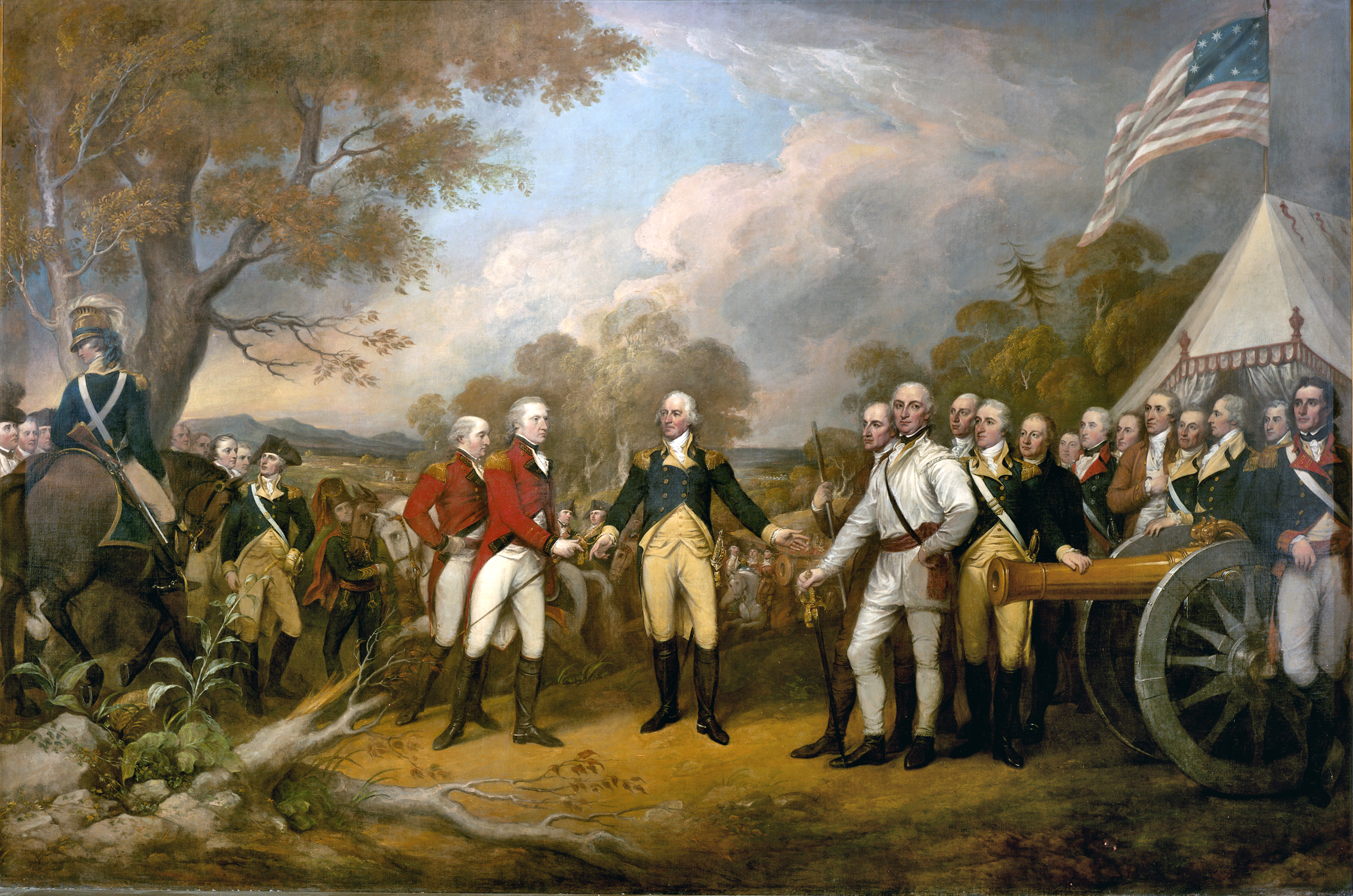|
William Lee Davidson
William Lee Davidson (1746–1781) was an officer in the North Carolina militia and Continental Army during the American Revolutionary War. He was born in Pennsylvania and moved with his family to Rowan County, North Carolina in 1750. He was killed at the Battle of Cowan's Ford. Origins and education William Lee Davidson was born on August 9, 1746 in Lancaster County, Pennsylvania. His father George Davidson moved with his family to Rowan County, North Carolina, in 1750. William, the youngest son, was educated at Queen's Museum (later Liberty Hall) in Charlotte. Military service Service record: *Adjutant/Captain in the 1st Rowan County regiment of militia (1775-1776) *Major in the 1st Rowan County Regiment of militia (1776) *Major in the 4th North Carolina Regiment (North Carolina Continental Line) (1776-1777) *Lt. Colonel in the 5th North Carolina Regiment (North Carolina Continental Line) (1777) *Lt. Colonel in the 7th North Carolina Regiment (North Carolina Continental Li ... [...More Info...] [...Related Items...] OR: [Wikipedia] [Google] [Baidu] |
Lancaster County, Pennsylvania
Lancaster County (; Pennsylvania Dutch: Lengeschder Kaundi), sometimes nicknamed the Garden Spot of America or Pennsylvania Dutch Country, is a county in the Commonwealth of Pennsylvania. It is located in the south central part of Pennsylvania. As of the 2020 census, the population was 552,984. Its county seat is Lancaster. Lancaster County comprises the Lancaster, Pennsylvania metropolitan statistical area. Lancaster County is a tourist destination with its Amish community a major attraction. Contrary to popular belief, the word "Dutch" in "Pennsylvania Dutch" is not a mistranslation, but rather a corruption of the Pennsylvania German endonym ''Deitsch'', which means "Pennsylvania Dutch / German" or "German". Ultimately, the terms Deitsch, Dutch, Diets, and Deutsch are all cognates of the Proto-Germanic word meaning "popular" or "of the people". The continued use of "Dutch" instead of "German" was strengthened by the Pennsylvania Dutch in the 19th century as a way ... [...More Info...] [...Related Items...] OR: [Wikipedia] [Google] [Baidu] |
North Carolina
North Carolina () is a state in the Southeastern region of the United States. The state is the 28th largest and 9th-most populous of the United States. It is bordered by Virginia to the north, the Atlantic Ocean to the east, Georgia and South Carolina to the south, and Tennessee to the west. In the 2020 census, the state had a population of 10,439,388. Raleigh is the state's capital and Charlotte is its largest city. The Charlotte metropolitan area, with a population of 2,595,027 in 2020, is the most-populous metropolitan area in North Carolina, the 21st-most populous in the United States, and the largest banking center in the nation after New York City. The Raleigh-Durham-Cary combined statistical area is the second-largest metropolitan area in the state and 32nd-most populous in the United States, with a population of 2,043,867 in 2020, and is home to the largest research park in the United States, Research Triangle Park. The earliest evidence of human occu ... [...More Info...] [...Related Items...] OR: [Wikipedia] [Google] [Baidu] |
Nathanael Greene
Nathanael Greene (June 19, 1786, sometimes misspelled Nathaniel) was a major general of the Continental Army in the American Revolutionary War. He emerged from the war with a reputation as General George Washington's most talented and dependable officer, and is known for his successful command in the southern theater of the war. Born into a prosperous Quaker family in Warwick, Rhode Island, Greene became active in the colonial opposition to British revenue policies in the early 1770s and helped establish the Kentish Guards, a state militia. After the April 1775 Battles of Lexington and Concord, the legislature of Rhode Island established an army and appointed Greene to command it. Later in the year, Greene became a general in the newly established Continental Army. Greene served under Washington in the Boston campaign, the New York and New Jersey campaign, and the Philadelphia campaign before being appointed quartermaster general of the Continental Army in 1778. In Octo ... [...More Info...] [...Related Items...] OR: [Wikipedia] [Google] [Baidu] |
Lord Cornwallis
Charles Cornwallis, 1st Marquess Cornwallis, (31 December 1738 – 5 October 1805), styled Viscount Brome between 1753 and 1762 and known as the Earl Cornwallis between 1762 and 1792, was a British Army general and official. In the United States and the United Kingdom, he is best remembered as one of the leading British generals in the American War of Independence. His surrender in 1781 to a combined American and French force at the siege of Yorktown ended significant hostilities in North America. He later served as a civil and military governor in Ireland, where he helped bring about the Act of Union; and in India, where he helped enact the Cornwallis Code and the Permanent Settlement. Born into an aristocratic family and educated at Eton and Cambridge, Cornwallis joined the army in 1757, seeing action in the Seven Years' War. Upon his father's death in 1762 he became Earl Cornwallis and entered the House of Lords. From 1766 until 1805 he was Colonel of the 33rd Regimen ... [...More Info...] [...Related Items...] OR: [Wikipedia] [Google] [Baidu] |
Battle Of Camden
The Battle of Camden (August 16, 1780), also known as the Battle of Camden Court House, was a major victory for the British in the Southern theater of the American Revolutionary War. On August 16, 1780, British forces under Lieutenant General Charles, Lord Cornwallis routed the numerically superior U.S. forces led by Major General Horatio Gates about four miles north of Camden, South Carolina, thus strengthening the British hold on the Carolinas following the capture of Charleston. The rout was a personally humiliating defeat for Gates, the U.S. general best known for commanding the American forces at the British defeat at Saratoga three years previously. His army had possessed a great numerical superiority over the British force, having twice the personnel, but his command of them was seen as disorganized and chaotic. Following the battle, he was regarded with disdain by his colleagues and he never held a field command again. His political connections, however, helped him ... [...More Info...] [...Related Items...] OR: [Wikipedia] [Google] [Baidu] |
Catawba River
The Catawba River originates in Western North Carolina and flows into South Carolina, where it later becomes known as the Wateree River. The river is approximately 220 miles (350 km) long. It rises in the Appalachian Mountains and drains into the Piedmont, where it has been impounded through a series of reservoirs for flood control and generation of hydroelectricity. The river is named after the Catawba tribe of Native Americans, which lives on its banks. In their language, they call themselves "yeh is-WAH h’reh", meaning "people of the river." The river rises in the Blue Ridge Mountains in western present-day McDowell County, North Carolina, approximately 20 miles (30 km) east of Asheville. It flows ENE, falling over two waterfalls, Upper Catawba Falls and Catawba Falls, before being dammed by Lake James, and joining the Linville River. It passes north of Morganton, then southeast through Lake Rhodhiss and Lake Hickory just north of Hickory, and into the L ... [...More Info...] [...Related Items...] OR: [Wikipedia] [Google] [Baidu] |
Daniel Morgan
Daniel Morgan (1735–1736July 6, 1802) was an American pioneer, soldier, and politician from Virginia. One of the most respected battlefield tacticians of the American Revolutionary War of 1775–1783, he later commanded troops during the suppression of the Whiskey Rebellion of 1791–1794. Born in New Jersey to a Welsh family, Morgan settled in Winchester, Virginia. He became an officer of the Virginia militia and recruited a company of riflemen at the start of the Revolutionary War. Early in the war, Morgan served in Benedict Arnold's expedition to Quebec and in the Saratoga campaign. He also served in the Philadelphia campaign before resigning from the army in 1779. Morgan returned to the army after the Battle of Camden, and led the Continental Army to victory in the Battle of Cowpens. After the war, Morgan retired from the army again and developed a large estate. He was recalled to duty in 1794 to help suppress the Whiskey Rebellion, and commanded a portion of the ar ... [...More Info...] [...Related Items...] OR: [Wikipedia] [Google] [Baidu] |
Henry Lee III
Henry Lee III (January 29, 1756 – March 25, 1818) was an early American Patriot and U.S. politician who served as the ninth Governor of Virginia and as the Virginia Representative to the United States Congress. Lee's service during the American Revolution as a cavalry officer in the Continental Army earned him the nickname by which he is best known, "Light-Horse Harry".In the military parlance of the time, the term "Light-horse" had a hyphen between the two words "light" and "horse". See the title page of ''The Discipline of the Light-Horse. By Captain Hinde, of the Royal Regiment of Foresters, (Light-Dragoons.)'' published in London in 1778, a cavalry tactics classic which was used as a manual. He was the father of Robert E. Lee, who led Confederate armies against the U.S. in the American Civil War. Life and career Early life and family Lee was born on Leesylvania Plantation in Prince William County in the Colony of Virginia. He was the son of Col. Henry Lee II (173 ... [...More Info...] [...Related Items...] OR: [Wikipedia] [Google] [Baidu] |
Valley Forge
Valley Forge functioned as the third of eight winter encampments for the Continental Army's main body, commanded by General officer, General George Washington, during the American Revolutionary War. In September 1777, Congress fled Philadelphia to escape the British capture of the city. After failing to retake Philadelphia, Washington led his 12,000-man army into winter quarters at Valley Forge, located approximately 18 miles (29 km) northwest of Philadelphia. They remained there for six months, from December 19, 1777 to June 19, 1778. At Valley Forge, the Continentals struggled to manage a disastrous supply crisis while retraining and reorganizing their units. About 1,700 to 2,000 soldiers died from disease, possibly exacerbated by malnutrition. Today, Valley Forge National Historical Park protects and preserves over 3,500 acres of the original encampment site. Pre-encampment In 1777, Valley Forge consisted of a small Proto-industrialization, proto-industrial community ... [...More Info...] [...Related Items...] OR: [Wikipedia] [Google] [Baidu] |
Griffith Rutherford
Griffith Rutherford (c. 1721 – August 10, 1805) was an American military officer in the Revolutionary War, a political leader in North Carolina, and an important figure in the early history of the Southwest Territory and the state of Tennessee. Originally from Ireland, Rutherford immigrated with his parents to Philadelphia, Pennsylvania Colony, at the age of 18. In 1753, he moved to Rowan County, in the Province of North Carolina, where he married Elizabeth Graham. During the French and Indian War, Rutherford became a captain in the North Carolina Militia. He continued serving in the militia until the start of the American Revolution in 1775, when he enlisted in the North Carolina militia as a colonel. He was appointed to the post of brigadier general of the " Salisbury District Brigade" in May 1776, and he participated in the initial phases of the wars against the Cherokee Indians along the frontier. In June 1780, Rutherford was partly responsible for the Loyalist d ... [...More Info...] [...Related Items...] OR: [Wikipedia] [Google] [Baidu] |
Salisbury District Brigade
The Salisbury District Brigade was an administrative division of the North Carolina militia during the American Revolutionary War (1776–1783). This unit was established by the Fourth North Carolina Provincial Congress on May 4, 1776, and disbanded at the end of the war. History In August 1775, the Third Provincial Congress of North Carolina delegates appointed Cornelius Harnett the head of the Council of Safety which oversaw resistance to British rule. They also divided the colony into six military districts for the purpose of organizing militia and arranging representation in the executive body. The Salisbury District was one of these districts, which eventually led to the creation of the Salisbury District Brigade. At the county level, there were Committees of Safety, including the Rowan, Anson, Mecklenburg, Surry, and Tryon county committees of safety. Many members of the Rowan committee of safety became the officers of the regiments of the Salisbury District Brigade. ... [...More Info...] [...Related Items...] OR: [Wikipedia] [Google] [Baidu] |
1st North Carolina Regiment
The 1st North Carolina Regiment of the Continental Army was raised on September 1, 1775, at Wilmington, North Carolina (originally authorized by the North Carolina Provincial Congress as state troops but on November 28, 1775, it became part of the Continental Army per direction of the Continental Congress). In January 1776 the organization contained eight companies. Francis Nash was appointed colonel in April 1776. The regiment was present at the Battle of Sullivan's Island, defense of Charleston in 1776. It transferred from the Southern Department to George Washington's main army in February 1777. At that time, Thomas Clark (North Carolina soldier), Thomas Clark became colonel of the 1st Regiment. The regiment became part of General Francis Nash's North Carolina Brigade in July.J.D. Lewis, ''The American Revolution in North Carolina''1st North Carolina Regiment/ref> Commanders The commanders were full colonels and included: * James Moore (Continental Army officer), Col. James Moo ... [...More Info...] [...Related Items...] OR: [Wikipedia] [Google] [Baidu] |









